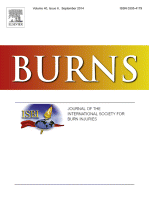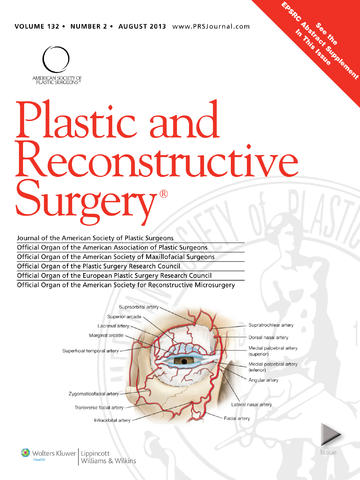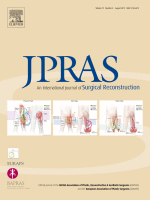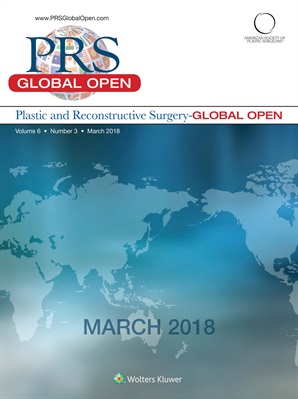Gus, E; Shahrokhi, S; Jeschke, M.
Burns, 2020-02-01, Volumen 46, Número 1, Páginas 19-32
 Major thermal injury induces profound metabolic derangements secondary to an inflammatory “stress-induced” hormonal environment. Several pharmacological interventions have been tested in an effort to halt the hypermetabolic response to severe burns. Insulin, insulin growth factor 1, insulin growth factor binding protein 3, metformin, human growth hormone, thyroid hormones, testosterone, oxandrolone, and propranolol, among others, have been proposed to have anabolic or anticatabolic effects.
Major thermal injury induces profound metabolic derangements secondary to an inflammatory “stress-induced” hormonal environment. Several pharmacological interventions have been tested in an effort to halt the hypermetabolic response to severe burns. Insulin, insulin growth factor 1, insulin growth factor binding protein 3, metformin, human growth hormone, thyroid hormones, testosterone, oxandrolone, and propranolol, among others, have been proposed to have anabolic or anticatabolic effects.
 Both thromboembolism and excessive bleeding following breast surgery could result in multiple surgical procedures, breast reconstruction failure, or even mortality. This systematic review and meta-analysis of 5617 female breast surgery patients compared pharmacological prophylaxis to nonpharmacological prophylaxis interventions during the pre-, intra-, and/or postoperative time points and evaluated associated outcomes and complications.
Both thromboembolism and excessive bleeding following breast surgery could result in multiple surgical procedures, breast reconstruction failure, or even mortality. This systematic review and meta-analysis of 5617 female breast surgery patients compared pharmacological prophylaxis to nonpharmacological prophylaxis interventions during the pre-, intra-, and/or postoperative time points and evaluated associated outcomes and complications. Smoking is considered to be a significant risk factor for the development of postoperative complications after various surgical procedures, mainly by limiting oxygen delivery to tissues. Evidence on the collective impact of smoking in aesthetic procedure outcomes is scarce. The aim of this study is to evaluate the current evidence on the association between smoking and postoperative outcomes in patients who underwent common elective procedures in plastic surgery.
Smoking is considered to be a significant risk factor for the development of postoperative complications after various surgical procedures, mainly by limiting oxygen delivery to tissues. Evidence on the collective impact of smoking in aesthetic procedure outcomes is scarce. The aim of this study is to evaluate the current evidence on the association between smoking and postoperative outcomes in patients who underwent common elective procedures in plastic surgery. In this study, we aimed reviewed the data about the patterns of antimicrobial susceptibility and resistance determinants among carbapenem-resistant Acinetobacter baumannii (CRAB) from patients with burn injury.
In this study, we aimed reviewed the data about the patterns of antimicrobial susceptibility and resistance determinants among carbapenem-resistant Acinetobacter baumannii (CRAB) from patients with burn injury.
 Allograft skin (AS) transplantation has been considered to be the gold standard for replacing tissue damage, following burns. However, increasingly new biosynthetic skin substitutes are being developed as alternatives. The objective of this systematic review is to compare AS with other skin substitutes, which have been used in the treatment of burns.
Allograft skin (AS) transplantation has been considered to be the gold standard for replacing tissue damage, following burns. However, increasingly new biosynthetic skin substitutes are being developed as alternatives. The objective of this systematic review is to compare AS with other skin substitutes, which have been used in the treatment of burns. The facelift has significantly evolved over the past several decades. What was once considered a skin only operation is now a sophisticated, elegant procedure that requires meticulous preoperative analysis, understanding of underlying anatomically based aging changes, and extreme attention to detail.
The facelift has significantly evolved over the past several decades. What was once considered a skin only operation is now a sophisticated, elegant procedure that requires meticulous preoperative analysis, understanding of underlying anatomically based aging changes, and extreme attention to detail.






 Sitio web publicado el
Sitio web publicado el
Los lectores comentan